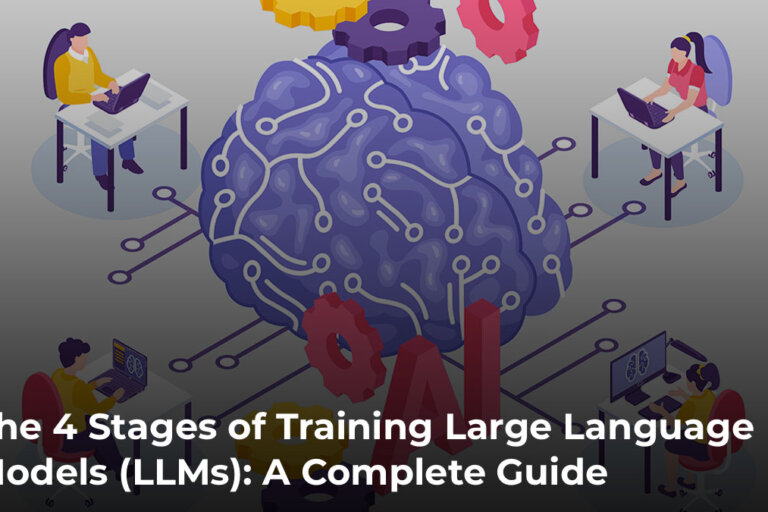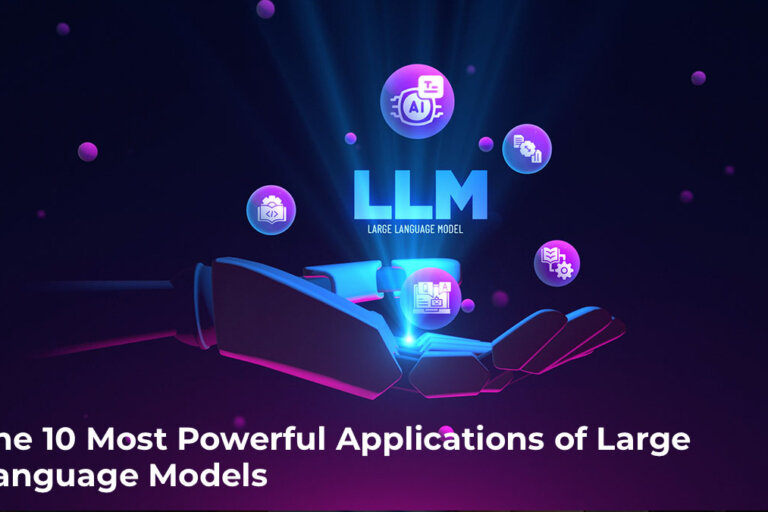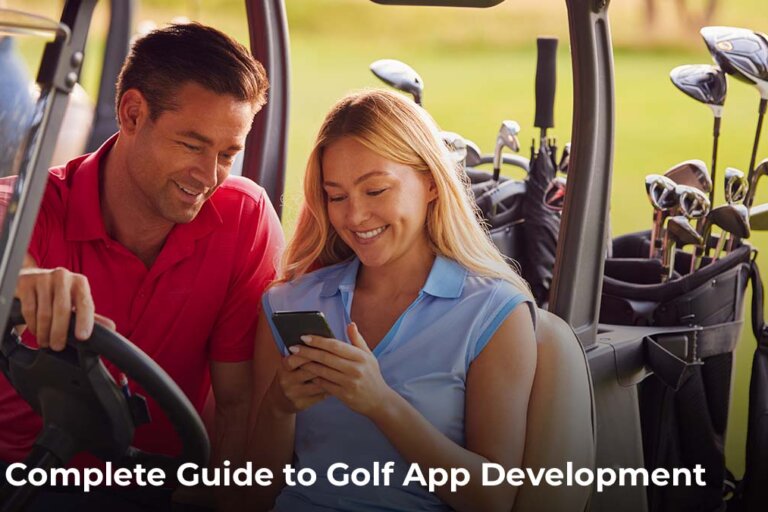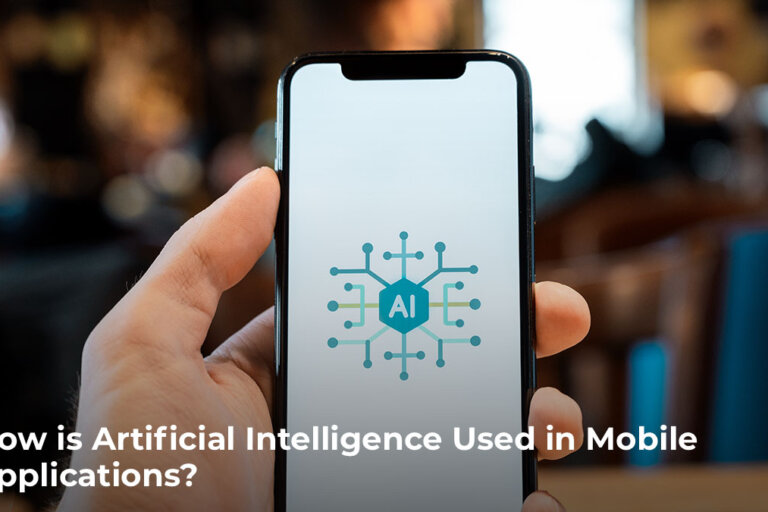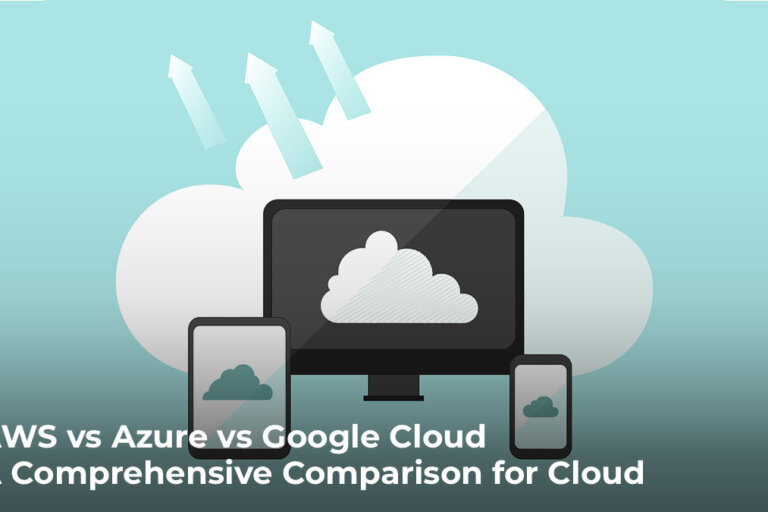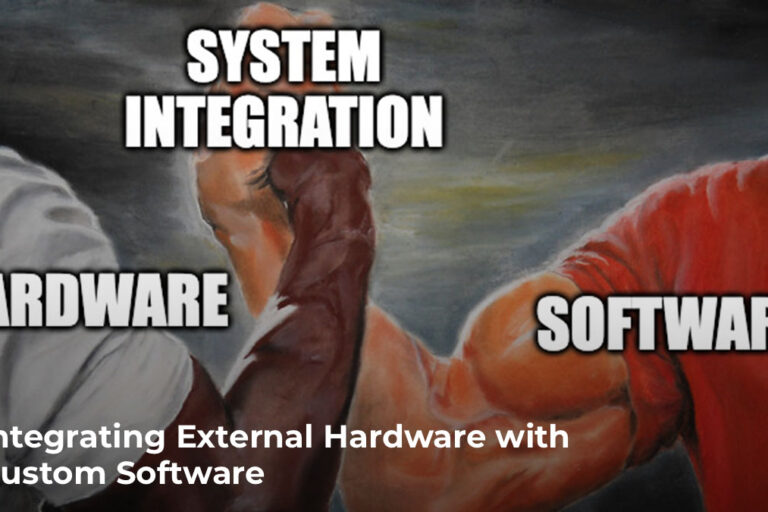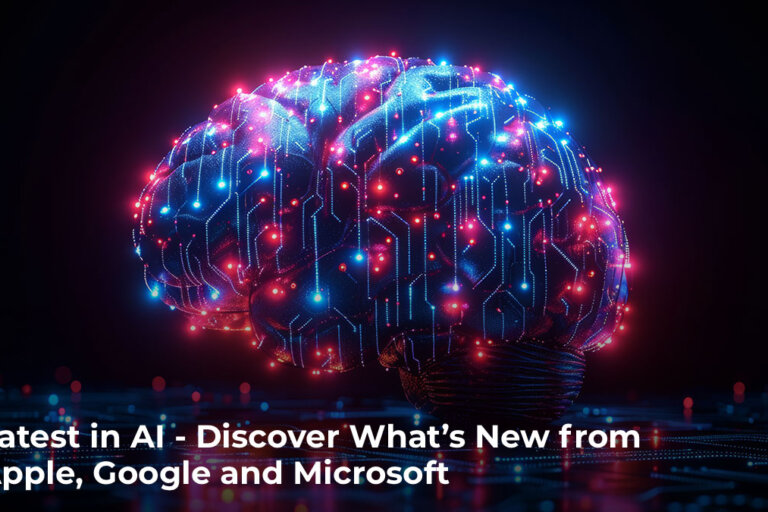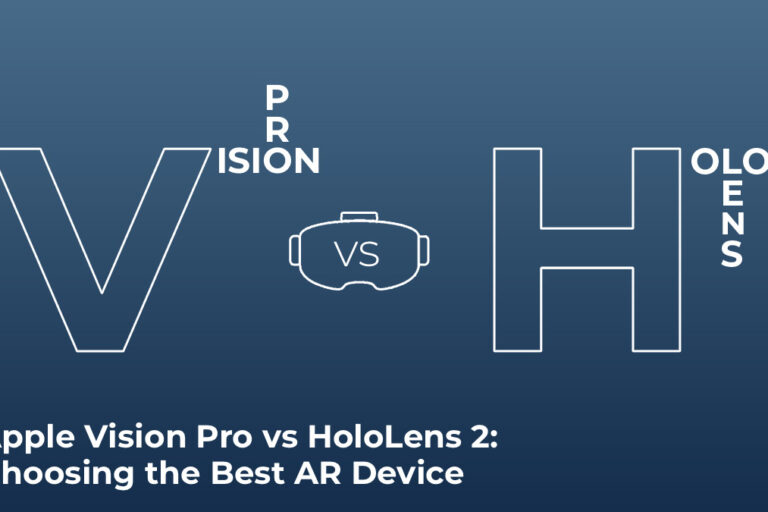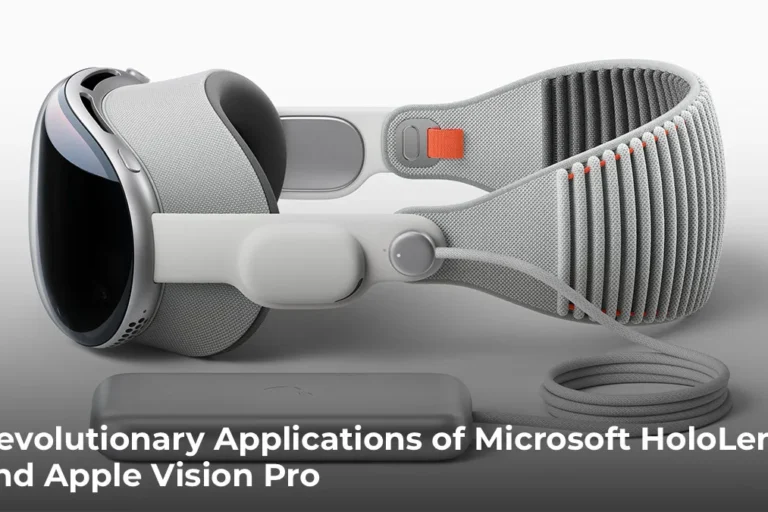Revolutionary Applications of Microsoft HoloLens and Apple Vision Pro
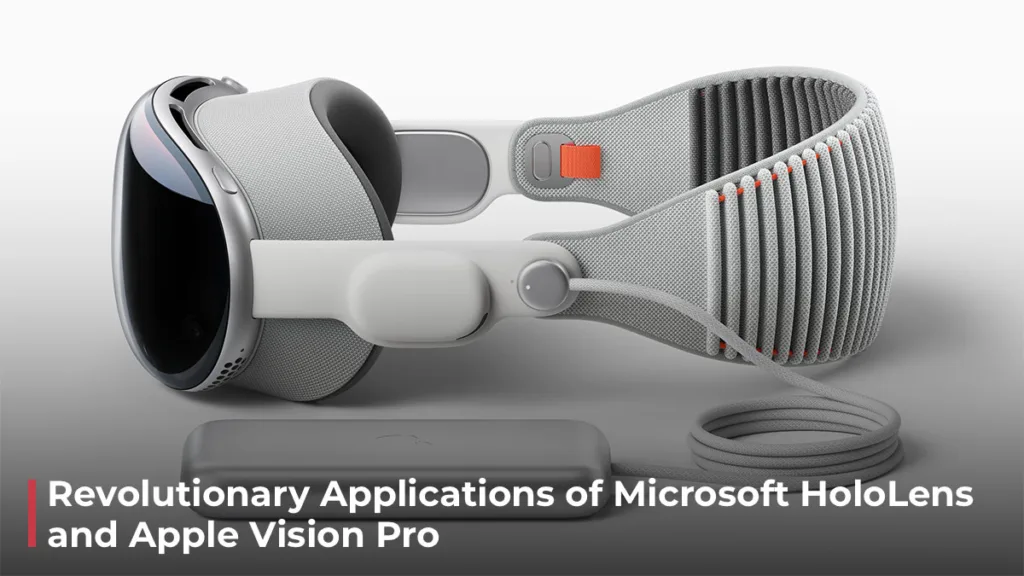
Augmented Reality, Virtual Reality, Mixed Reality, and Spatial Computing are buzzwords that represent a futuristic concept that has become practical technology with real-world applications. Two prominent players in this field are Microsoft HoloLens and Apple Vision Pro. These headsets have revolutionized various industries by introducing immersive and interactive experiences that blend the physical and digital worlds. Such advanced technologies have reshaped healthcare, education, manufacturing, retail, and entertainment industries, offering innovative solutions that enhance productivity, efficiency, and customer experiences.
Industrial Design and Manufacturing
In manufacturing, headset technology has optimized assembly line processes, improved training and onboarding procedures, and enabled remote assistance and collaboration among teams, increasing efficiency and reducing errors.
3D Modeling and Prototyping:
Headsets allow designers to view 3D models in a real-world context, enabling them to visualize how a product will look and function in its intended environment.
Designers can interact with virtual prototypes using gestures and voice commands, making design changes and iterations more intuitive and efficient.
Teams can collaborate in real-time, viewing and annotating 3D models together, regardless of their physical location.
Assembly Line Optimization:
Headsets can overlay digital instructions, such as assembly steps and safety guidelines, onto physical workspaces, reducing the need for paper manuals and minimizing errors.
New employees can receive on-the-job training with step-by-step instructions overlaid on their field of view, reducing training time and improving accuracy.
Technicians can use heads/Vision Pro to access equipment manuals, schematics, and troubleshooting guides, improving maintenance efficiency and reducing downtime.
Remote Assistance:
Field workers can receive real-time guidance from experts located elsewhere, who can see what the worker sees and provide instructions through holographic annotations.
Companies can save on travel costs by using with remote troubleshooting and maintenance, avoiding the need to fly experts to remote locations.
Teams can collaborate across different locations, working together on projects and sharing knowledge seamlessly.
Quality Control and Inspection:
HoloLens and Vision Pro can highlight product defects or inconsistencies by overlaying digital markers or visual cues onto physical objects, aiding in quality control processes.
Inspectors can follow guided inspection paths overlaid on the product, ensuring that all areas are inspected thoroughly and consistently.
Quality assurance is enhanced through AR image and video capture of inspections, while automatically generating reports and documentation.
Product Design and Innovation:
Designers can quickly iterate on product designs, making changes in real time and visualizing the impact of those changes immediately.
The customer experience is improved by creating custom product configurations based on individual customer preferences.
Instead of physical prototypes, designers can create virtual prototypes that can be visualized and tested in a virtual environment, saving time and resources.
Retail and Marketing
Headset technology has revolutionized the retail shopping experience by enabling customers to try on products virtually and visualize them before buying. This technology also creates interactive product demonstrations and provides personalized shopping suggestions, leading to higher customer engagement and satisfaction.
Virtual Try-On and Product Visualization:
Headsets enable customers to try on clothing, accessories, and eyewear virtually, enhancing the online shopping experience.
Customers can visualize how products will look and fit before making a purchase, reducing the likelihood of returns and increasing customer satisfaction.
There’s no better way to visualize furniture and home decor in a customer’s space than with AR, helping them make informed purchase decisions.
Interactive Product Demonstrations:
Headsets can enhance in-store product demonstrations, allowing customers to interact with 3D models and explore product features in detail.
AR can be used to showcase complex products, such as electronics or appliances, in an engaging and informative way.
Interactive demos can increase customer engagement and lead to higher conversion rates.
Brand Engagement and Customer Interaction:
Brands can create immersive and interactive experiences that showcase their products and brand stories in a memorable way.
Retailers can create virtual showrooms and pop-up stores, allowing customers to explore products and make purchases without needing a physical store.
Enhanced Marketing Campaigns:
Brands can create interactive AR/VR advertisements and campaigns that engage customers and drive brand awareness.
HoloLens and Vision Pro can be used for virtual product launches and promotions, creating buzz and excitement around new products and collections.
Vision Pro is a new kind of computer that augments reality, (it) will change the way we collaborate, work, and enjoy entertainment. – Apple CEO Tim Cook
Gaming and Entertainment
In entertainment, headset technology has transformed gaming experiences by offering immersive and interactive gameplay, blurring the line between reality and fantasy, and providing social gaming experiences that allow players to interact with friends in shared virtual spaces. A good example of this are Meta Horizon Worlds, where you can experience the joy of sinking on the Titanic with people from around the world.
Immersive Gaming Experiences:
Headsets bring games to life by overlaying digital elements onto the real world.
Players can interact with virtual characters, objects, and environments as if they were physically present, creating a truly immersive gaming experience.
Games can be designed to encourage physical movement and exploration, adding a new dimension to gameplay.
Interactive Storytelling:
The line between reality and fantasy becomes blurred, creating mixed-reality experiences that transport users to fantastical worlds and alternate realities. This also includes interactive storytelling experiences, where users can explore virtual worlds and narratives in a hands-on manner.
Users can influence the story’s progression through their actions, making each experience unique and engaging. This opens up new possibilities for storytelling in genres such as adventure, mystery, and fantasy.
Virtual Tours and Experiences
Another great use-case is for virtual tours of historical sites, museums, and landmarks, allowing users to explore and learn about different cultures and eras. Users can attend virtual concerts and events, experiencing live performances and immersive entertainment from anywhere in the world.
Virtual Reality Experiences:
HoloLens can be used to create virtual reality games that transport users to immersive and realistic virtual worlds.
It can also display 360-degree videos and experiences, allowing users to explore and interact with their surroundings in a 360-degree environment.
Education and Training
In education, headsets have redefined the learning experience by offering students immersive field trips, interactive simulations, and personalized learning experiences that cater to individual learning styles and paces.
Immersive Learning Experiences:
HoloLens allows students to virtually visit historical sites, explore natural environments, and experience cultures from around the world, enhancing their understanding and engagement.
Complex concepts like the human body or planetary systems can be visualized in 3D, allowing students to interact with and manipulate virtual models for a deeper understanding.
Hands-on learning experiences let students perform virtual experiments and explore scientific principles in a safe and controlled environment.
Skill Development and Training:
HoloLens is used to simulate surgical procedures, allowing medical students to practice surgeries and medical procedures in a realistic virtual environment.
Step-by-step guidance can be provided for technical skills, such as equipment maintenance or repair, enhancing the effectiveness of training programs.
It’s also possible to simulate real-world scenarios that require communication, problem-solving, and teamwork skills, helping students develop these skills in a practical context.
Accessibility and Inclusivity:
HoloLens can provide visual and auditory aids for students with disabilities, such as visual impairments or hearing loss, making learning more accessible and inclusive. This includes the ability to adapt to individual learning styles and paces, providing personalized learning experiences that cater to the needs of each student.
Remote Assistance and Collaboration
Headsets empower organizations to overcome geographical barriers, improve collaboration efficiency, and leverage expertise across distributed teams. They enable remote assistance and collaboration by connecting users in different locations. Workers can receive real-time instructions and guidance from experts, improving efficiency and reducing downtime.
Remote Expert Support:
HoloLens enables remote experts to provide real-time guidance and support to field workers or technicians. Field workers wear the headsets, allowing them to share their field of view with remote experts. Experts can see what the field worker sees and provide instructions, annotations, and visual aids through holographic overlays.
This allows for faster problem-solving, reduced downtime, and improved efficiency in troubleshooting and repairs.
Telepresence and Remote Collaboration:
HoloLens facilitates virtual meetings and collaboration sessions among geographically dispersed teams.
Users can join virtual meeting rooms and interact with remote colleagues as if they were in the same physical space.
Shared holographic environments allow for collaborative brainstorming, design reviews, and decision-making processes.
Teams can view and manipulate 3D models, documents, and multimedia content together in real-time, enhancing communication and productivity.
Training and Onboarding:
HoloLens can be used for remote training and onboarding of employees in various industries. New hires can receive virtual training sessions and guided instructions from experts located elsewhere.
Digital instructions are overlayed with safety guidelines and procedural simulations onto the physical workspace, providing hands-on learning experiences.
This reduces the need for travel, accelerates the onboarding process, and ensures consistent training across distributed teams.
Field Service and Maintenance:
HoloLens aids field service technicians in performing maintenance, inspections, and repairs in remote or hazardous environments. Technicians wear headsets, allowing them to receive real-time instructions and guidance from experts.
Experts can remotely diagnose issues, provide troubleshooting steps, and annotate relevant information onto the technician’s field of view.
This improves first-time fix rates, reduces equipment downtime, and enhances safety by minimizing the need for onsite visits.
Bridging the Gap
Headsets like Microsoft HoloLens and Apple Vision Pro have revolutionized how we interact with technology, bridging the gap between the physical and digital worlds. With their diverse applications across industries such as healthcare, education, retail, and entertainment, headsets continue to push the boundaries of innovation, promising a future where immersive and interactive experiences integrate seamlessly into our daily lives.
Click to learn about our augmented reality and virtual reality development services.

